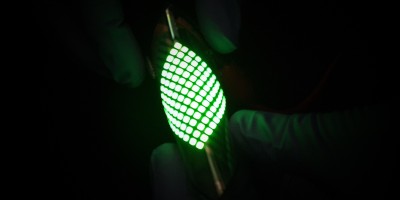Two reports show FDA-approved nanoparticles can kill cancer cells through iron- and reactive oxygen species-dependent mechanisms, offering new strategies for cancer treatment.

References
Torti, S. V. & Torti, F. M. Nat. Rev. Cancer 13, 342–355 (2013).
Trachootham, D., Alexandre, J. & Huang, P. Nat. Rev. Drug Discov. 8, 579–591 (2009).
Kim, S. E. et al. Nat. Nanotech. 11, 977–985(2016).
Zanganeh, S. et al. Nat. Nanotech. 11, 986–994 (2016).
Dixon, S. J. et al. Cell 149, 1060–1072 (2012).
Gao, M. et al. Mol. Cell 59, 298–308 (2015).
Qian, B. Z. & Pollard, J. W. Cell 141, 39–51 (2010).
Sarosiek, K. A. et al. Mol. Cell 51, 751–765 (2013).
Author information
Authors and Affiliations
Corresponding author
Rights and permissions
About this article
Cite this article
Tarangelo, A., Dixon, S. An iron age for cancer therapy. Nature Nanotech 11, 921–922 (2016). https://doi.org/10.1038/nnano.2016.199
Published:
Issue Date:
DOI: https://doi.org/10.1038/nnano.2016.199
- Springer Nature Limited
This article is cited by
-
Carbonized paramagnetic complexes of Mn (II) as contrast agents for precise magnetic resonance imaging of sub-millimeter-sized orthotopic tumors
Nature Communications (2022)
-
Transformable hybrid semiconducting polymer nanozyme for second near-infrared photothermal ferrotherapy
Nature Communications (2020)
-
Magnetic nanoparticles based cancer therapy: current status and applications
Science China Life Sciences (2018)
-
A novel method for constructing continuous intrinsic surfaces of nanoparticles
Journal of Molecular Modeling (2017)


